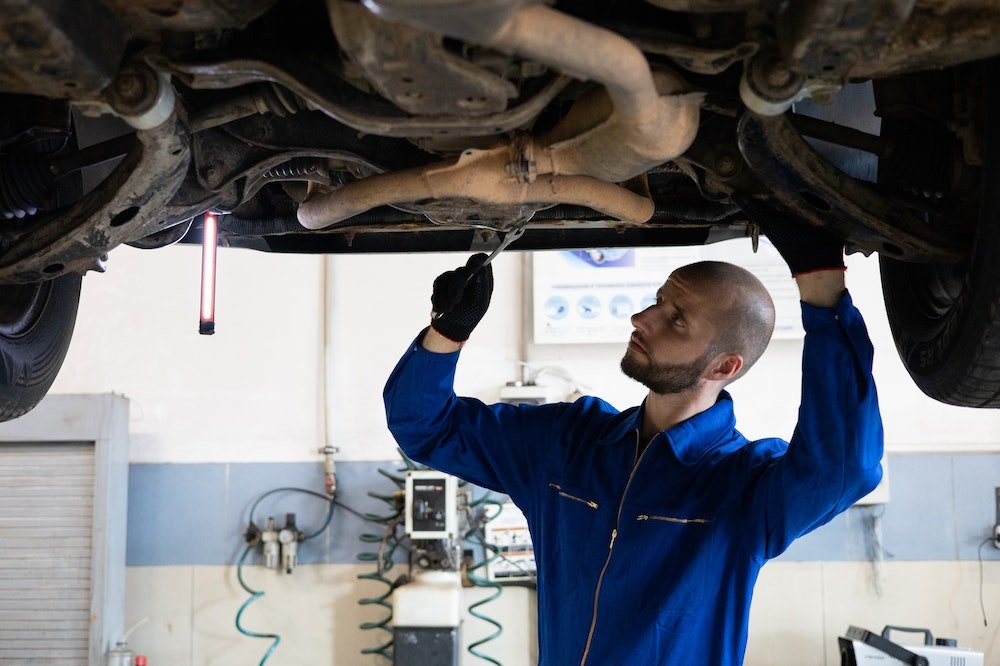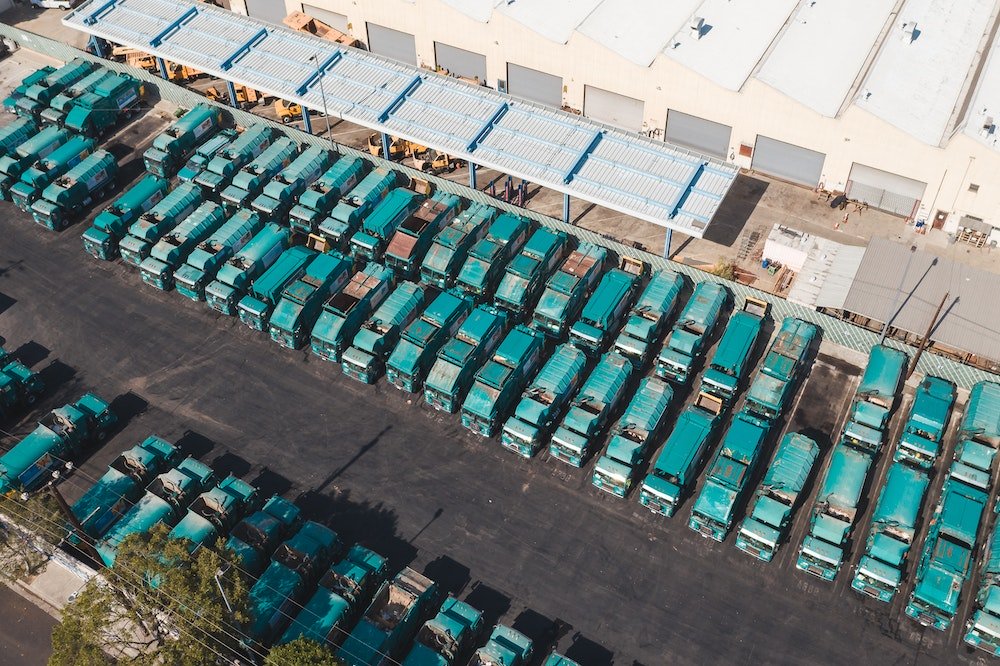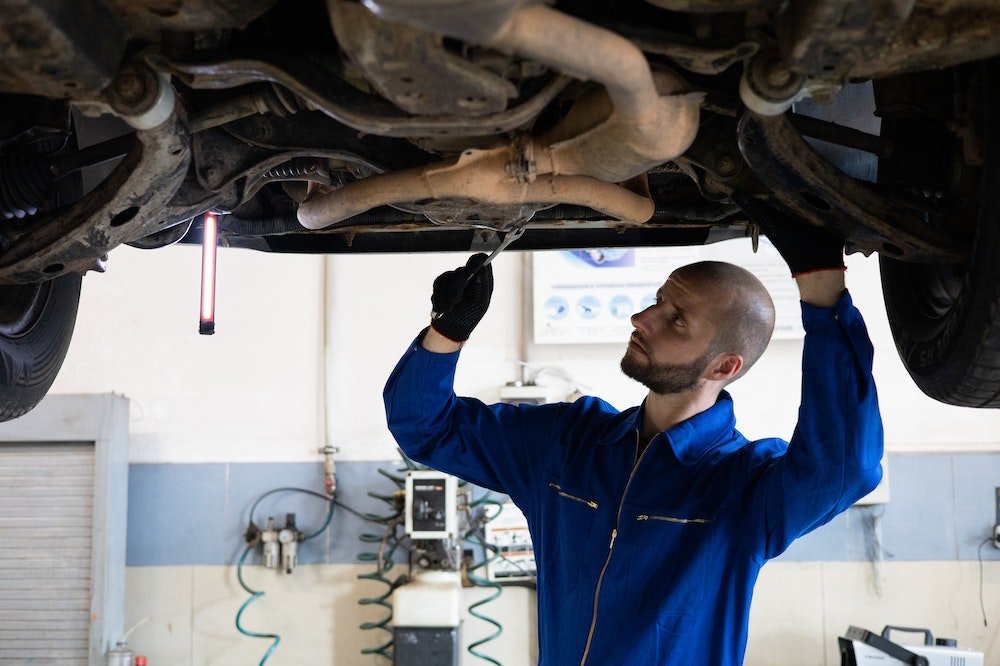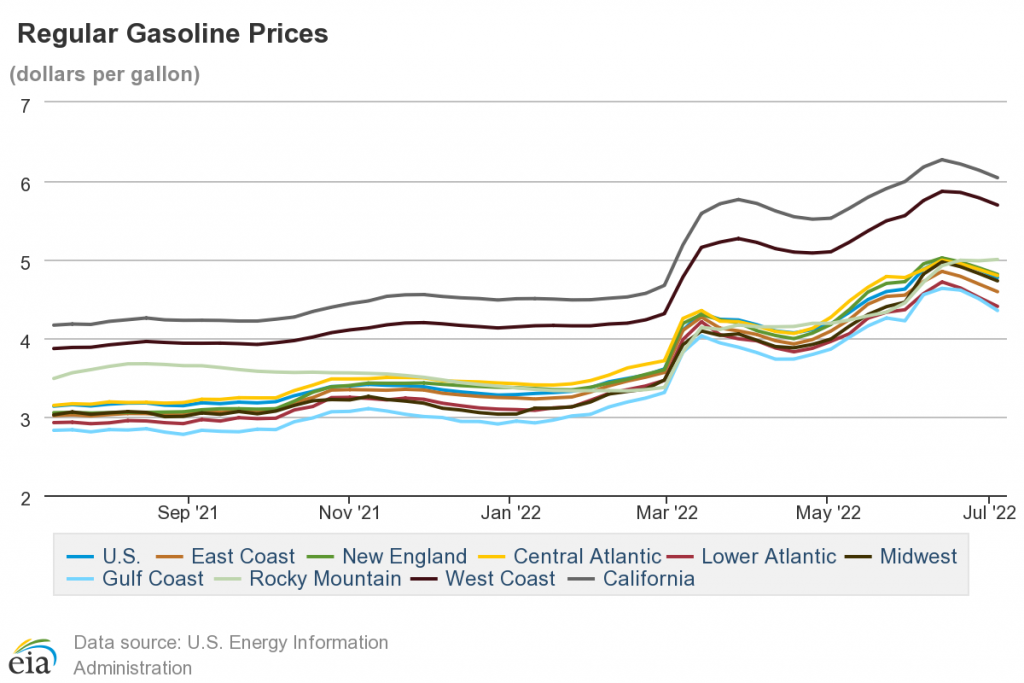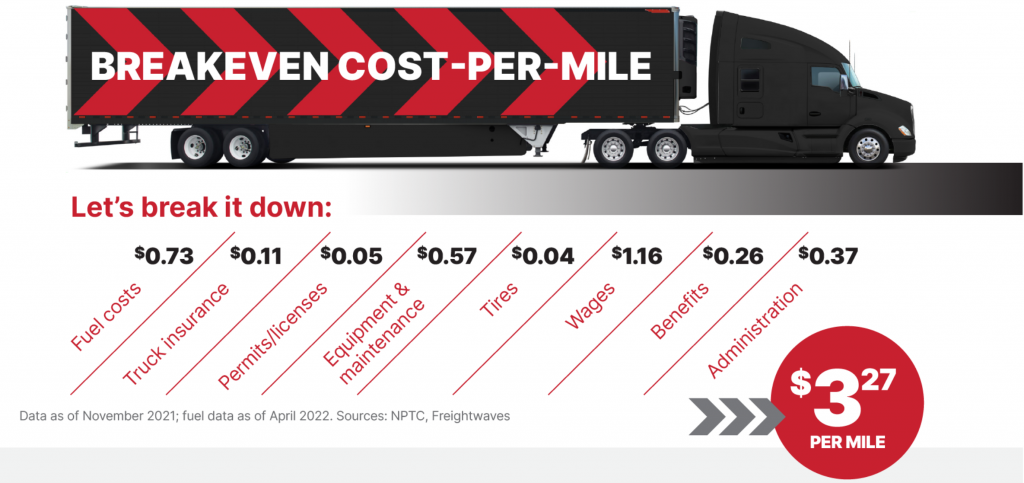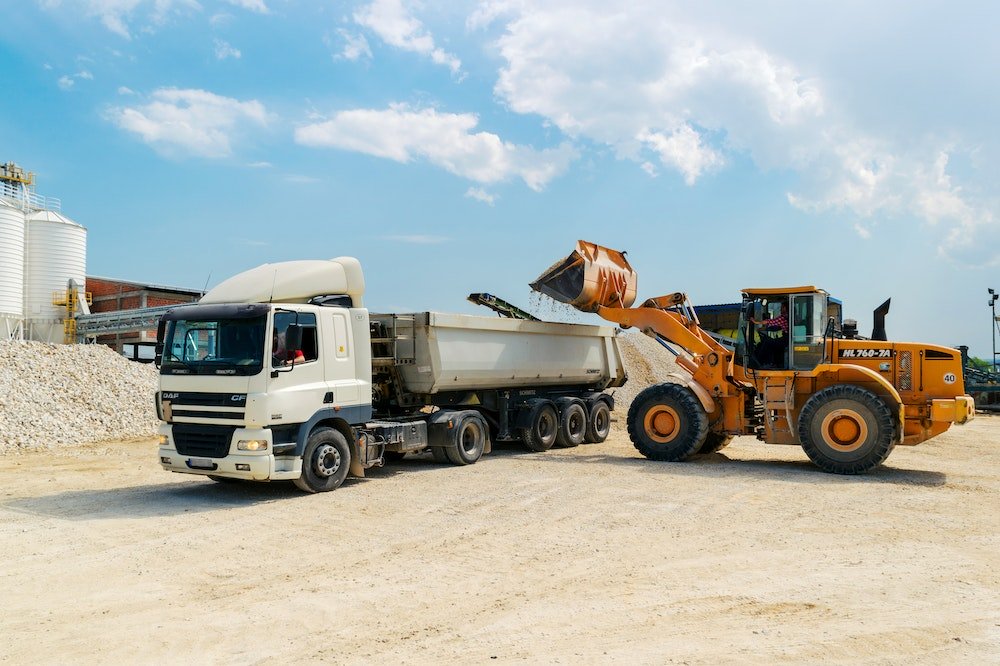
Your semi-truck fuel filter may be a simple part, but it’s also one of the most vital parts in the healthy operation of your engine. This is why it’s so important to know what semi-truck bad fuel filter symptoms look like.
If something is wrong with your fuel filter, catching the problem early results in an easy fix. If you leave it too late, the issues might involve more intensive and expensive semi-truck repairs.
So, if you’re wondering how to know if the fuel filter is bad on a semi-truck, then this guide has all the answers you need. We’ll also cover some of the most important maintenance tips for keeping your semi-truck in the best possible condition.
Semi Truck Bad Fuel Filter Symptoms
Much can wrong with your semi-truck fuel filter system. To help you stay on top of these issues, here are some of the most common semi-truck bad fuel filter symptoms you should look out for.
The Truck Won’t Start Easily
One of the most obvious semi-truck bad fuel filter symptoms is your truck struggling to start. If you can hear that the battery is still strong, but the engine won’t start when you turn the ignition, then there’s a good chance there’s something wrong with your fuel filter or fuel delivery system.
At first, it might take a bit longer than usual to start. Eventually, the semi-truck might not start at all.
Rough Idling
Another one of the most common semi-truck bad or dirty fuel filter symptoms is if the truck idles roughly, or even backfires on a regular basis.
This might happen because your fuel filter is dirty, preventing the fuel injectors and fuel tank from sending enough gas to the engine.
Clean fuel filters help the engine maintain a steady and smooth idle thanks to a continuous fuel supply. If you notice this issue, you might be able to easily clean the fuel filter. Sometimes it’s just a matter of knocking off gathered dust. If you leave this for too long, you may need to replace the fuel filter completely.
Stalling
If your semi-truck stalls randomly, this is a definite sign that something is wrong. In most cases, your vehicle stalling comes down to a dirty or clogged fuel filter. Again, this is because the engine isn’t being fed enough fuel, causing the engine to stall at any given moment.
Failures in Your Fuel System
A semi-truck fuel system is complex with many different parts. If you find that a component of your electric fuel pump isn’t working, then it could be due to a bad fuel filter.
This is because electric fuel pumps could fail while trying to push fuel through a clogged fuel filter. This is one of the worst semi truck bad fuel filter symptoms because it means you’ll have to replace the fuel filter, as well as fix the broken components of the electric fuel pump.
Normally, your check engine light will go on if this is the issue.
Unusual Noises
If you hear any strange, loud noises coming from the engine, it could be a sign that your fuel filter needs replacing.
Loud noises are always a tell-tale sign something is wrong with your engine, and if these noises can be narrowed down to the fuel pump, there’s a good chance a restricted fuel filter is causing the issue.
Top Semi Truck Care Tips
Knowing how to identify semi truck bad fuel filter symptoms is important, as a clogged fuel filter can quickly escalate into a more serious issue if it’s not taken care of quickly.
When it comes to taking care of your semi-truck, there are many small things you can do that make a big difference. As buying a semi-truck is such a major investment, you’ll want to make sure that you take great care of it.
From your fuel system to your semi-truck in general, here are some of the best semi-truck care tips you should always follow.
Regularly Check Your Fuel Filter
On the topic of semi-truck failing fuel filter symptoms, one of the easiest ways to avoid this is by simply checking your fuel filter and keeping it clean.
This is important if you drive the truck on dirt roads, or in very dusty environments. Dust can easily make its way into your fuel filter, causing a blockage.
Luckily, this can be an easy fix, simply requiring a thorough dusting off. However, if you leave it too late, you may need to replace the fuel filter completely.
So, regularly checking and cleaning your fuel filter is a simple job that can help your semi-truck avoid various other issues.

Check Your Oil Level
Keeping your oil at a healthy level is one of the most important jobs in maintaining a happy engine.
Your semi-truck engine consists of many different parts. You need oil to keep all of these different parts moving and functioning properly.
While oil may not seem overly important, not keeping your oil level up can have some seriously damaging effects on your engine in the long run.
The good news is that it’s incredibly easy to check and maintain your oil levels. This should be something you do each time you fill up your semi-truck.
Check Your Tires Regularly
Semi-truck tires are incredibly important for the overall well-being of the truck. If you don’t keep your tires well cared for, all kinds of issues could arise. For example, incorrect tire pressure could cause problems with your suspension system, which can become a major issue.
Worn tires are also dangerous to drive on, which is of course something you want to avoid. And even simply keeping your tires at the right pressure will help make your semi-truck more fuel efficient.
As truck tires can be seriously expensive, it’s important to always check and maintain your tire pressure. Try to do this each time you fill up with fuel. It’s easy and can save you a lot of money and effort in the long run.
Schedule Regular Truck Services
There are many different complicated parts to a semi-truck. While it’s important to understand the basic functions of how your semi-truck and engine work, you never know what hidden issues you might miss. This is why the best thing you can do is send your truck in for regular services.
Your semi-truck is far too valuable not to take proper care of. So, scheduling regular services with an experienced mechanic will help you identify any issues before they become major problems. This could cover anything from a bad filter to more serious engine issues.
Of course, regularly servicing your semi-truck is also important for maintaining its value if you ever want to sell it.
Final Thoughts
If you’ve invested in a semi-truck for your business, then you need to make sure you keep the truck in the best possible condition. This will involve identifying common issues with the fuel filter, as well as maintaining the truck’s most important parts.
With the right habits in place, good truck maintenance is easy. Get it right, and it will help you get more miles out of your truck, and more value from your major semi-truck investment.
If you’re looking to finance a semi-truck, reach out to Mission Financial Services today.



